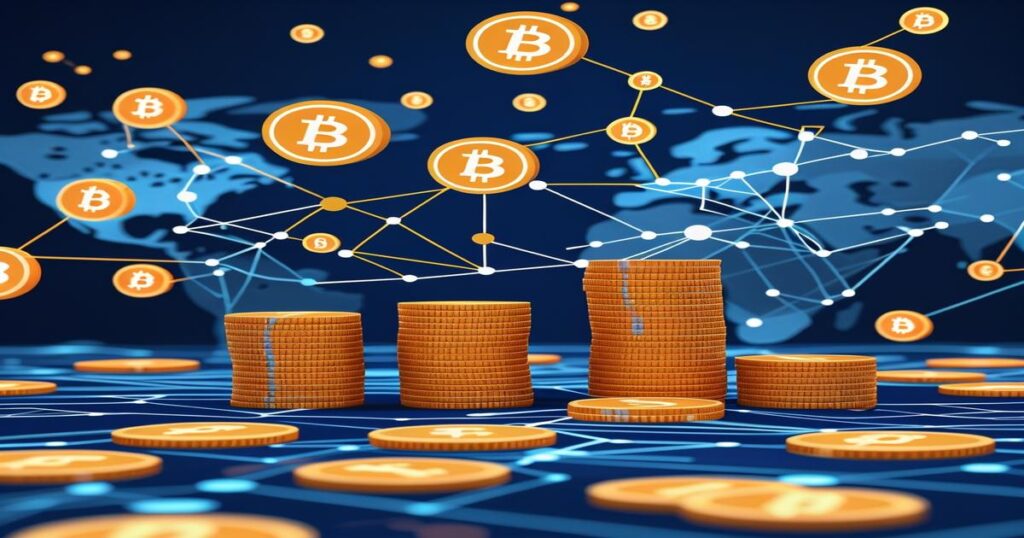Understanding Decentralized Finance (DeFi)
Decentralized Finance, or DeFi, refers to a burgeoning sector of the financial industry that embraces blockchain technology to recreate and enhance traditional financial systems. By eliminating intermediaries and providing financial services through smart contracts, DeFi offers unprecedented accessibility and innovation.
Key Components of DeFi
The DeFi ecosystem comprises various components, including decentralized exchanges (DEXs), lending platforms, derivatives, and stablecoins. Each of these elements plays a crucial role in providing users with a comprehensive suite of financial services.
- ✅ Decentralized Exchanges: Platforms like Uniswap and SushiSwap facilitate peer-to-peer trading without centralized control.
- ✅ Lending Platforms: Services such as Aave and Compound offer users the ability to lend or borrow assets in a trustless environment.
The Benefits of DeFi Over Traditional Banking
DeFi offers several advantages over traditional banking systems, such as increased accessibility, enhanced security, greater transparency, and reduced costs.
🌐 Enhanced Accessibility
One of DeFi’s most potent promises is financial inclusivity. Anyone with an internet connection can access these services, opening financial opportunities to billions globally.
The Challenges of DeFi
Despite its advantages, DeFi is not without challenges. Issues like security vulnerabilities, regulatory uncertainty, and scalability concerns present significant hurdles.
The Future of DeFi and Traditional Banking
The future may see DeFi and traditional banking systems converge, creating a hybrid financial ecosystem that leverages the strengths of both worlds.
FAQs
What is DeFi?
DeFi stands for Decentralized Finance, an emerging financial technology that eliminates intermediaries by leveraging blockchain technology.
How does DeFi work?
DeFi operates using smart contracts on blockchain platforms, enabling automated, trustless financial transactions.
Is DeFi secure?
While DeFi offers enhanced security features, it is also susceptible to vulnerabilities like any other digital technology. Users must assess the risk involved).

